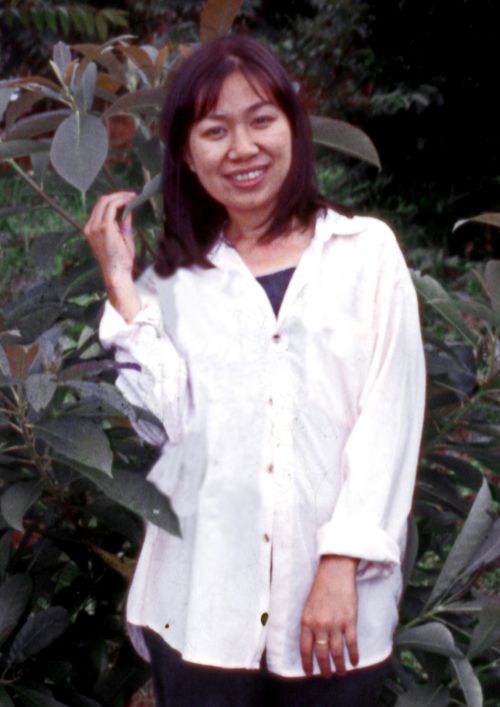Growing Tree Seedlings to Restore Forests: Effects of Container Type and Media on Seedling Growth and Morphology

FORRU Contributors
ABSTRACT: Forest biodiversity in Thailand is fast disappearing because of deforestation. Restoring forests, by planting native tree species, can help promote biodiversity recovery. Current nursery practices to produce tree saplings for planting, using plastic bags and forest soil, often result in poorly developed root systems. Producing high-quality planting stock can be achieved by using root-trainers. This research was conducted at the Forest Restoration Research Unit Nursery (FORRU), Doi Suthep-Pui National Park, Chiang Mai. Seeds of four species ; i) Spondias axillaris, ii) Micromelum hirsutum, iii) Archidendron clypearia spp. clypearia and iv) Eugenia fruticosa were collected from Doi Suthep-Pui National Park and sown with 6 treatments (3 container types with 2 kinds of media). Containers included traditional plastic bags (with seeds germinated first in square cells and then transplanted into the bags) and 2 kinds of root-trainers: REX trays and tube cells. Media treatments were forest soil and mixed media (soil plus additional organic matter). The treatments were replicated in 3 randomized complete blocks. Physical and morphological characteristics; height and root collar diameter, root morphology; dry root weight, root-shoot ratio in weight and degree of root spiraling were recorded over 6 months from June to December 1997. Seedlings, grown in REX trays were of significantly higher quality than those grown in the other containers. In addition, mixed media promoted better shoot growth and morphology than forest soil, but forest soil promoted better root morphology than mixed media did. A cost-benefit analysis showed that REX trays are the most cost-effective, for producing planting stock for wide scale forest restoration in Thailand.

